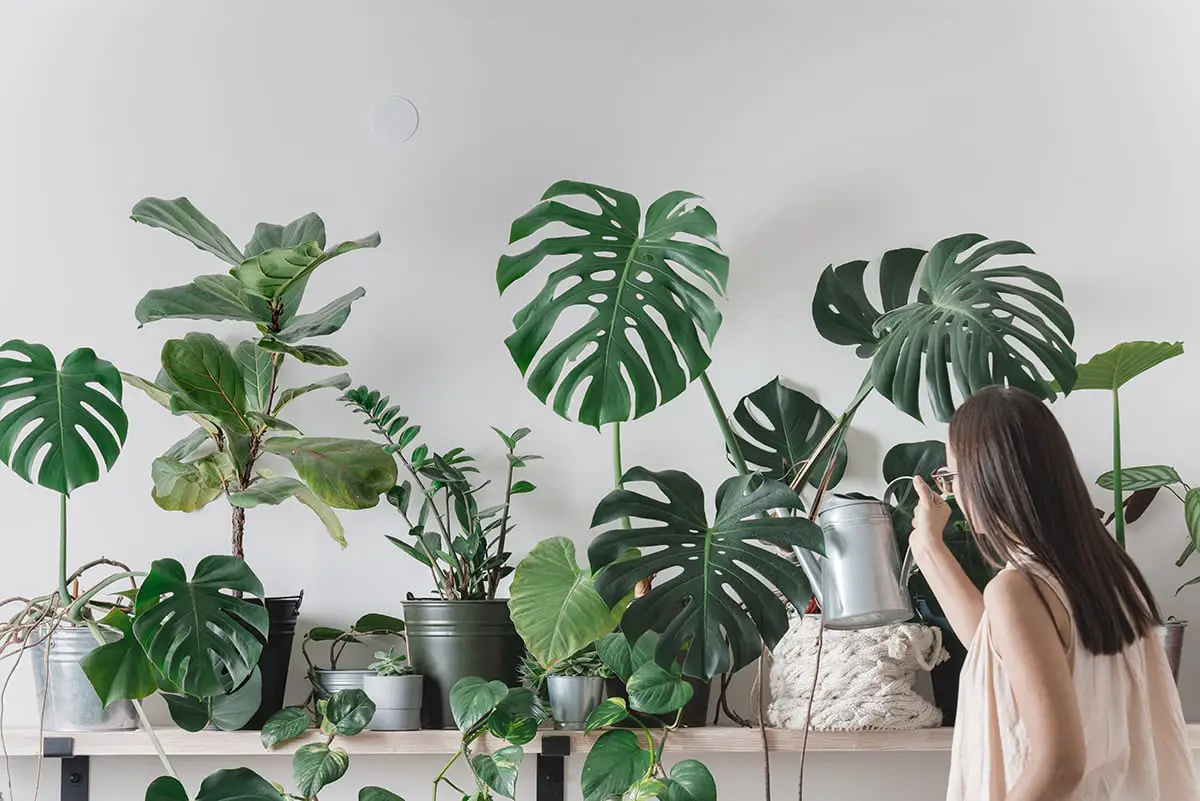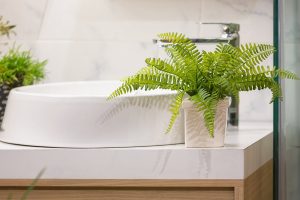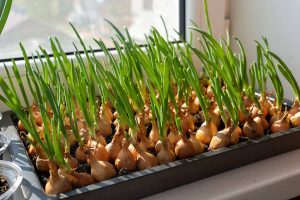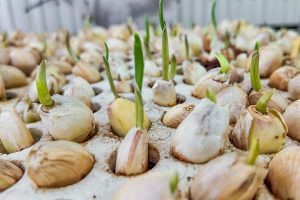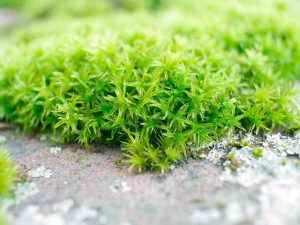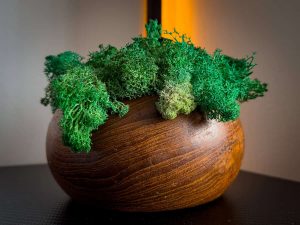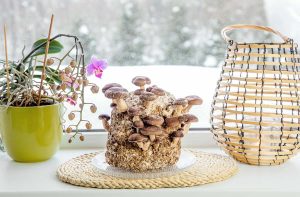You’re not certain if you’re overwatering or underwatering your houseplants, and you want to avoid losing them due to improper care. Knowing how to water houseplants properly is essential for their health and vibrancy. Learn the right way to water your indoor plants and ensure they thrive.
Table of Contents
Understanding Plant Watering Needs
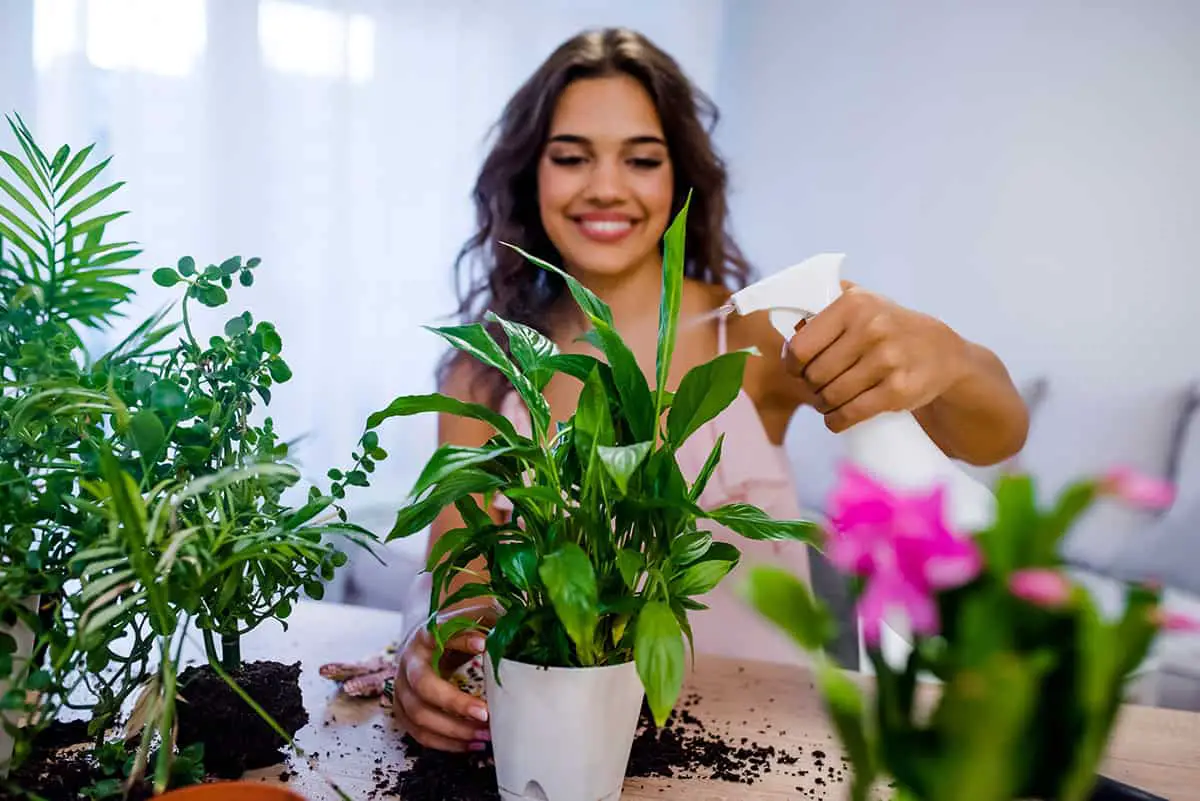 Before diving into the specifics, it’s crucial to acknowledge that your houseplants have varied watering requirements and each can be affected by different factors. Knowing what your plants need ensures they remain healthy and vibrant.
Before diving into the specifics, it’s crucial to acknowledge that your houseplants have varied watering requirements and each can be affected by different factors. Knowing what your plants need ensures they remain healthy and vibrant.
Water Requirements for Different Houseplants
Your houseplants come from diverse climates and thus have different needs.
Succulents and cacti, adapted to arid environments, thrive on minimal watering. These plants prefer the soil to be completely dry before the next watering. In contrast, tropical plants, such as orchids or ferns, need the soil to stay consistently moist.
Effects of Seasonal Changes on Watering
Seasons change and so does the watering schedule for your indoor plants. During the warmer months, plants typically require more water due to higher evaporation rates.
Conversely, in winter, houseplants often need less. This is because many enter a dormant period and the cooler temperatures reduce water loss. Always touch the soil or evaluate moisture levels for an accurate assessment instead of relying on a fixed routine.
Signs of Improper Watering
Identifying signs of over or under-watering is essential. Over-watered plants often have yellowing leaves and a musty smell, indicating root rot. Under-watered plants, however, display dry, brown leaf edges.
To prevent these issues, check the soil’s moisture regularly and adjust your approach as necessary. Being attentive to these signs helps you maintain the perfect balance for your plant’s health.
How to Choose the Right Water
Selecting the right water is crucial for your houseplants. Tap water might contain chlorine or minerals that can build up in the soil. Take care to let tap water sit overnight before use; this reduces chlorine. For more delicate plants, consider rainwater or distilled water. These options are gentle and free from most additives.
In certain regions, tap water hardness can affect your plants. Hard water has a high mineral content that may lead to deposits in the soil. You can learn if your water is hard by checking with local water reports. Alternatively, use rainwater or distilled water as they are softer.
Some people advocate for the use of water from a dehumidifier, which is similar to distilled water. This type of water is free of most impurities and can be ideal for indoor plants. Ensure that the water you collect is clean and free from particles. When watering, always check the moisture level first.
Your finger can tell you a lot about soil moisture. If the top inch is dry, it’s time to water. You’ll find that different plants have varying needs, ranging from consistently moist to dry before watering.
How Much Water Do Houseplants Need?
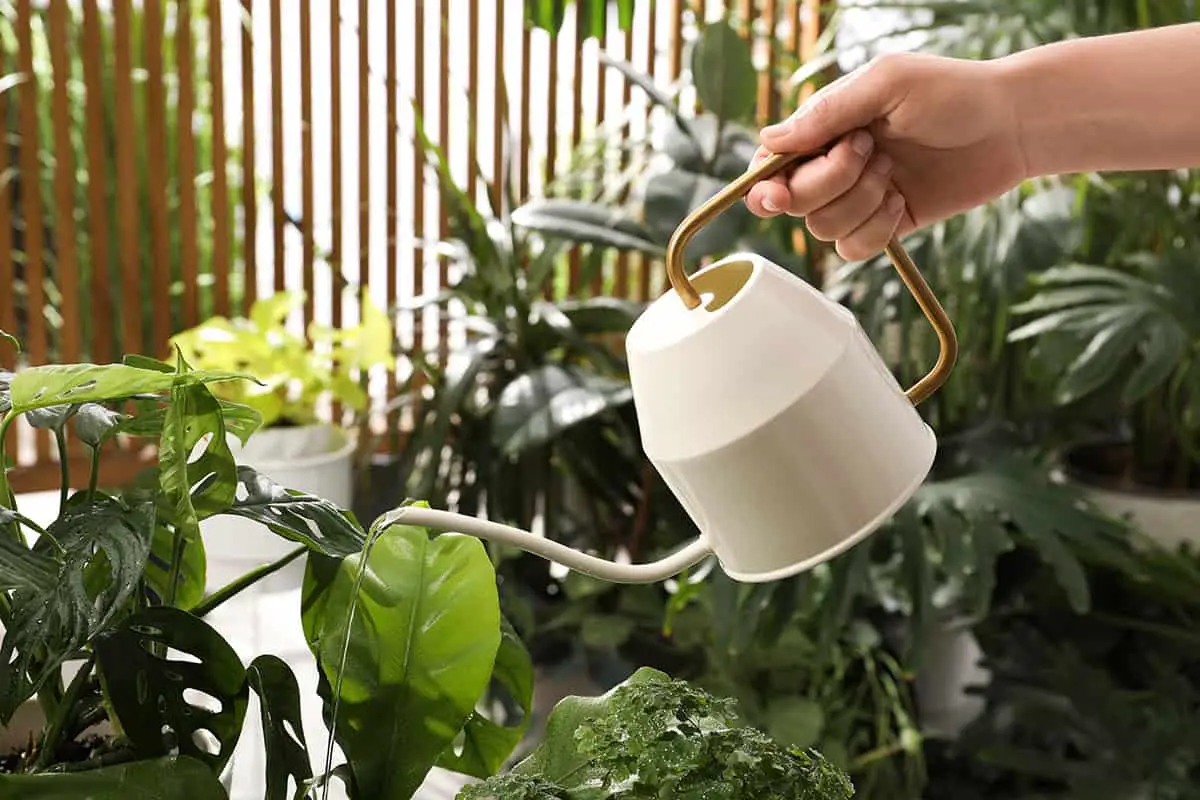
Houseplants vary in their water requirements. Your plant’s water needs depend on its type, size, and environment. Succulents and cacti generally need less water compared to tropical plants. The key is to ensure the right moisture level for your specific plant’s needs. For most houseplants, a balanced approach to watering is best.
Touch the soil. If the top inch feels dry, it’s likely time to water. Your goal is to moisten the entire root zone without waterlogging it. Saturated but not soggy soil promotes healthy plant growth. Some plants thrive when watered from below. Watering houseplants using this method lets roots draw up moisture as needed, reducing the chance of overwatering.
Other plants prefer top watering, ensuring that you water thoroughly, allowing excess to drain. The frequency of watering varies. Plants in brighter light dry out faster and need watering more often than those in low light. Season changes also affect your plant’s thirst, with most needing reduced water in winter.
Watering Techniques – How to Water Indoor Plants
Watering indoor plants correctly is crucial for their health. Start by checking the soil moisture.
If the top inch feels dry, your plant likely needs water. Use tepid water when watering houseplants, as extreme temperatures can shock their roots.
You should always check each plant’s specific needs. Some thrive with consistent moisture, while others prefer drying out between waterings.
If you use tap water, let it sit out overnight. This lets chlorine evaporate and can help prevent leaf tip burn. Pour water evenly across the soil until it drains from the bottom. This ensures the entire root system gets moisture.
Don’t let plants sit in standing water to avoid root rot. Many indoor plants benefit from this thorough watering method, which mimics natural rainfall.
Remember, over-watering is as harmful as under-watering. Allow the plant to guide you. The heaviness of the pot and visual cues from the plant, like wilted or yellowing leaves, can indicate when to water. Be mindful of seasonal changes too. Plants often need less water in winter due to slower growth and reduced light.
Houseplant Watering Charts and Schedules
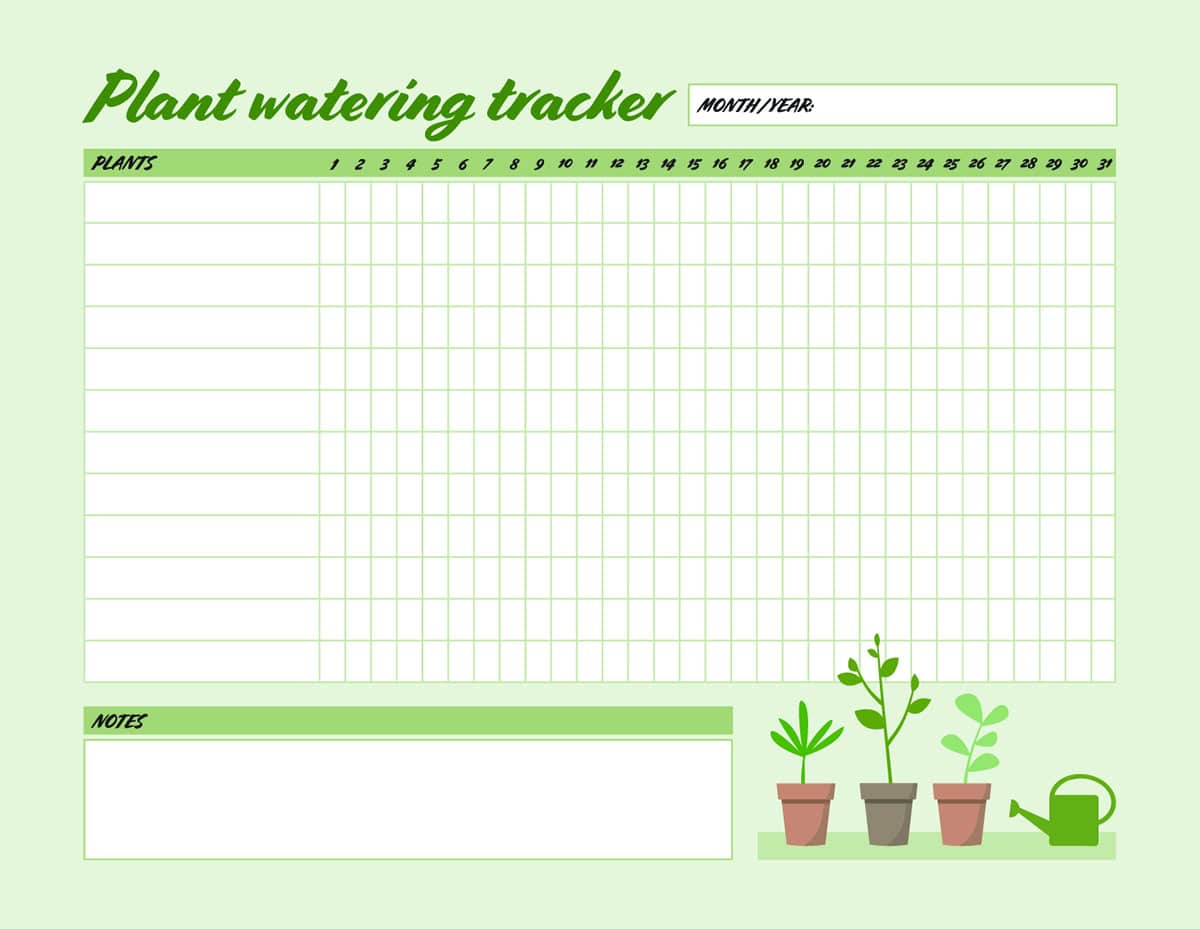 Creating a custom watering schedule and using charts tailored for various houseplants are key to maintaining healthy indoor plants. These tools help you provide the correct amount of water your houseplants need, taking out the guesswork and enhancing plant care.
Creating a custom watering schedule and using charts tailored for various houseplants are key to maintaining healthy indoor plants. These tools help you provide the correct amount of water your houseplants need, taking out the guesswork and enhancing plant care.
Creating a Custom Watering Schedule
To set a proper watering schedule for your houseplants, you need to assess their individual needs. Factors like light exposure, room temperature, and humidity play significant roles.
For example, plants in bright light often need more frequent watering. Begin by observing your plants over a few weeks and note the dryness of soil at various depths.
A consistent schedule emerges as you understand each plant’s patterns. You can learn to water based on indicators like dry soil felt an inch below the surface, rather than on a preset timetable.
Watering Charts for Various Houseplants
Watering charts serve as a straightforward reference to ensure your plants receive their ideal amount of water. Here is a watering chart that provide specific recommendations for common houseplants.
| Houseplant | Water Amount (cups) | Water Frequency (days) |
| Peace Lily | 2.0 | 7 |
| Snake Plant | 1.0 | 14 |
| Spider Plant | 1.0 | 7 |
| Aloe Vera | 0.5 | 21 |
| Fiddle Leaf Fig | 2.0 | 7 |
| Pothos | 1.0 | 14 |
| Succulents | 0.5 | 21 |
| Boston Fern | 2.0 | 3 |
| ZZ Plant | 0.5 | 14 |
| Philodendron | 1.5 | 7 |
| Rubber Plant | 1.5 | 7 |
| Dracaena | 1.0 | 14 |
| Jade Plant | 0.5 | 21 |
| Calathea | 1.0 | 3 |
| Orchid | 1.0 | 7 |
| Chinese Evergreen | 1.0 | 14 |
| Parlor Palm | 1.0 | 7 |
| Bird of Paradise | 2.0 | 7 |
| African Violet | 0.5 | 7 |
| Maidenhair Fern | 2.0 | 2 |
Monitoring and Adjusting Watering Practices
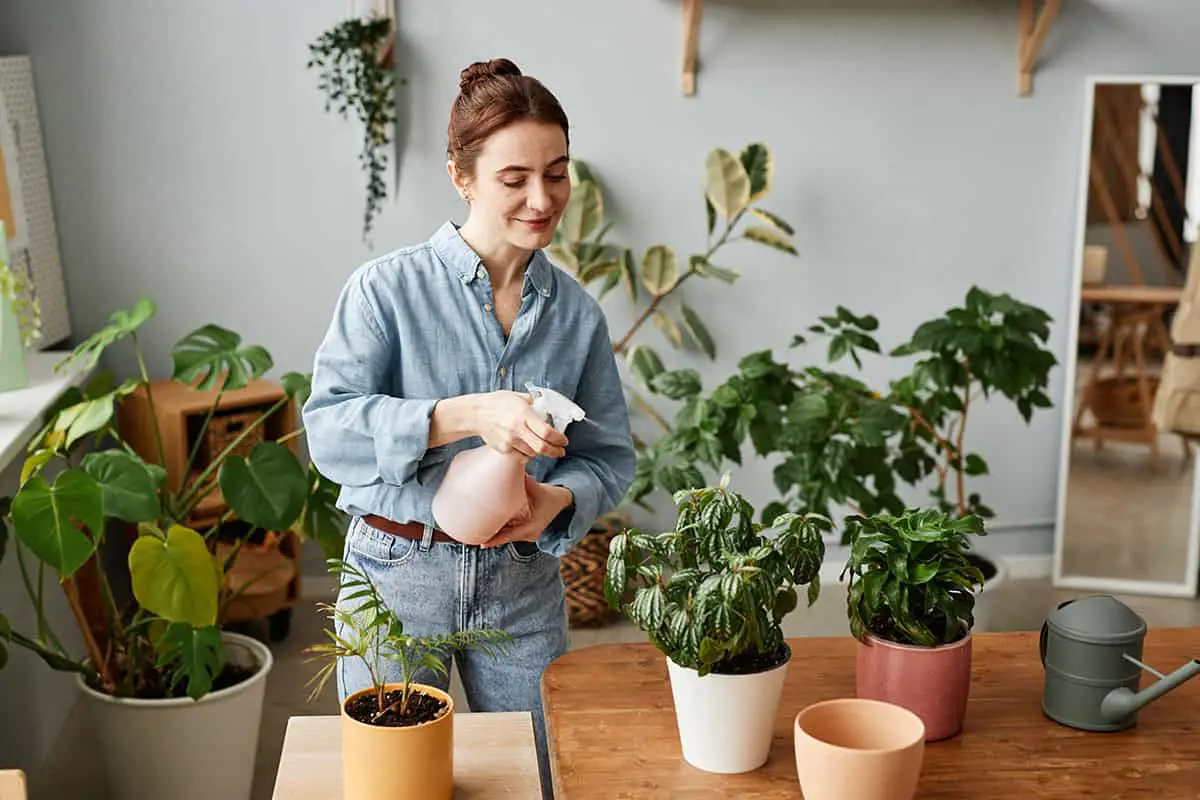 Properly watering houseplants is crucial for their health. This section guides you through the tools and methods to measure soil moisture and how to interpret plant feedback for optimal watering.
Properly watering houseplants is crucial for their health. This section guides you through the tools and methods to measure soil moisture and how to interpret plant feedback for optimal watering.
Tools for Measuring Soil Moisture
You need the right tools to check if your plants require water. A soil moisture meter is a simple device that tells you the moisture level. The reading ranges from dry to wet. It is critical to insert the probe into the soil near the plant’s roots for an accurate measurement.
Adjusting Watering Based on Plant Feedback
Your plants communicate their watering needs clearly. When leaves droop or turn yellow, your plant may be overwatered. On the flip side, dry or brown leaf tips can signal underwatering. Observe these signs closely. Adjust your watering schedule to suit each plant’s unique requirements. More frequent watering is sometimes needed for plants in brighter light or warmer rooms. Less water may be necessary during the dormant winter months or in shadier spots.
Troubleshooting Common Watering Issues
Effective watering practices are essential for the health of your houseplants. Correcting improper watering ensures your plants thrive. This section helps you identify and fix common watering issues.
Overwatering and Its Consequences
Overwatering is a leading cause of houseplant demise. It leads to root rot, a condition where roots can’t absorb nutrients and water efficiently. Signs include yellow leaves and a musty smell. To fix this, reduce your watering frequency and ensure your pots have adequate drainage.
Underwatering and How to Address It
Underwatered plants dry out, wilt, and exhibit brown, crispy leaf edges. Your plants need more water. The solution is simple: increase watering and consider soaking the pot to rehydrate dry soil. Check the soil moisture before watering and adjust your routine accordingly.
Recognizing and Treating Water-Related Diseases
Fungal diseases often stem from excessive moisture. For instance, powdery mildew appears as white, powdery spots on foliage. If you notice such symptoms, remove affected leaves and improve air circulation around your plants.
